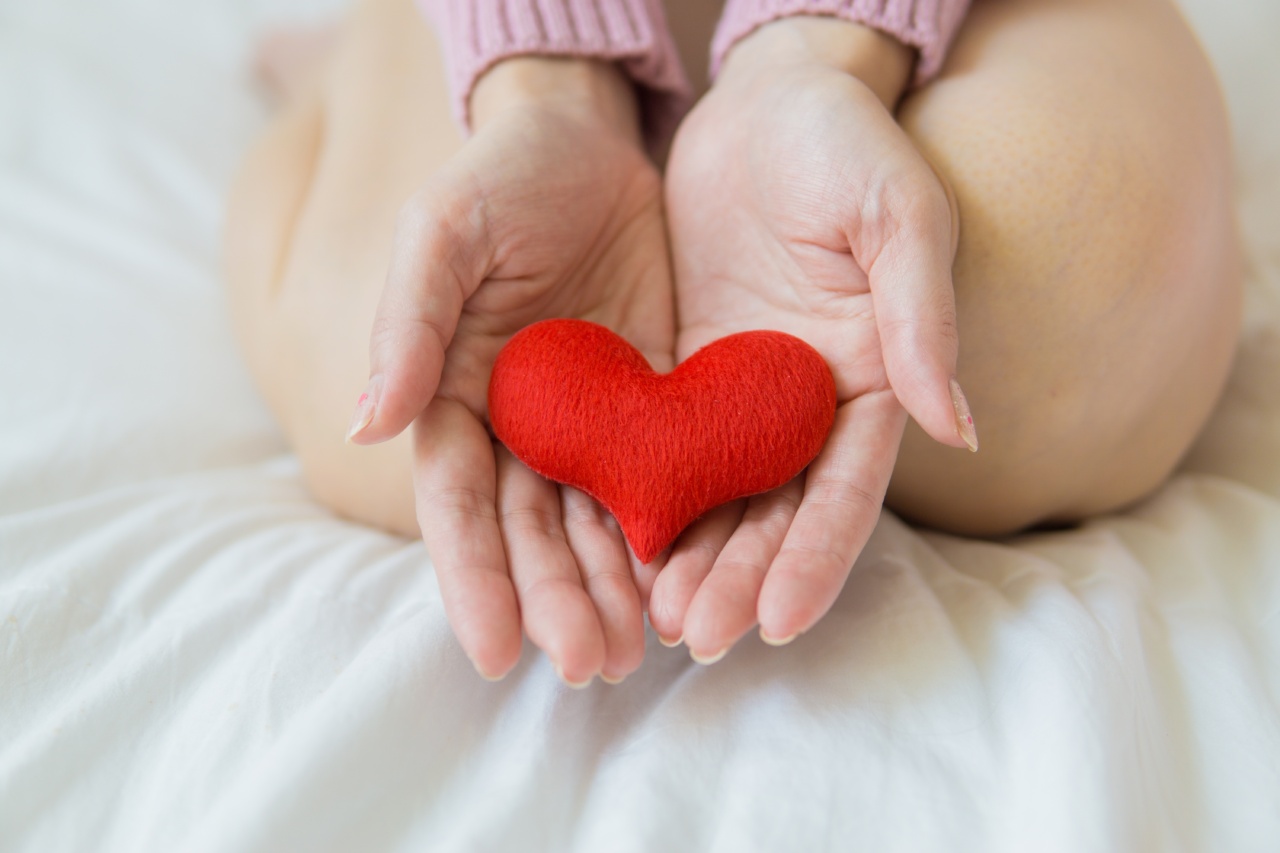Our bodies are a complex network of systems that work together to keep us healthy and functioning. The circulatory system, in particular, plays a crucial role in delivering vital oxygen and nutrients to all parts of the body.
Poor blood circulation can lead to a variety of health problems, ranging from minor discomfort to serious and life-threatening conditions. In this article, we’ll explore some common symptoms and signs of poor blood circulation and discuss what you can do to promote healthy circulation.
What is Poor Blood Circulation?
Poor blood circulation is a condition where there is insufficient blood flow to various parts of the body.
The circulatory system is responsible for circulating blood, oxygen, and nutrients to all parts of the body, including the organs, tissues, and muscles. When the flow of blood is compromised, it can lead to a range of symptoms and health problems.
Signs and Symptoms of Poor Circulation
The symptoms of poor circulation can vary in severity and may depend on the affected area or organ. Some common signs and symptoms of poor circulation include:.
1. Cold Feet and Hands
Cold extremities, such as cold feet and hands, are a common sign of poor circulation. When blood flow to the hands and feet is reduced, it can cause a sensation of coldness or numbness.
2. Swelling in the Legs or Feet
Swelling in the legs and feet is another common symptom of poor circulation. It can be caused by a buildup of fluid in the tissues due to a lack of blood flow.
3. Varicose Veins
Varicose veins are enlarged, twisted veins that usually occur in the legs. They are often a sign of poor circulation and can cause discomfort, pain, and swelling.
4. Numbness or Tingling Sensation
Numbness or a tingling sensation in the hands and feet can be a result of poor circulation. It is caused by the lack of oxygen and nutrients reaching the affected nerves.
5. Fatigue and Weakness
Poor circulation can also lead to fatigue and weakness. When the body does not receive sufficient oxygen and nutrients, it can cause feelings of tiredness and weakness.
6. Headaches
Headaches can be a sign of poor circulation, especially when they are accompanied by other symptoms such as dizziness, lightheadedness, or blurred vision. Poor blood flow to the brain can cause headaches and other neurological symptoms.
7. Skin Discoloration
Changes in skin color, such as redness, blue or purple discoloration, or pale skin, can be a sign of poor circulation. The lack of blood flow can affect the health and appearance of the skin.
8. Slow Healing
Poor circulation can also slow down the body’s healing process. When the affected area does not receive sufficient oxygen and nutrients, it can take longer to heal.
9. Erectile Dysfunction
Erectile dysfunction is a common symptom of poor circulation in men. The lack of blood flow to the genital area can cause difficulty in achieving or maintaining an erection.
10. Chest Pain
Chest pain is a serious symptom of poor circulation and can be a sign of a heart attack or other cardiovascular problems. It can be accompanied by other symptoms such as difficulty breathing, sweating, or nausea.
Causes of Poor Circulation
There are several factors that can contribute to poor circulation in the body. Some common causes include:.
1. Peripheral Artery Disease (PAD)
PAD is a condition where there is a narrowing of the arteries in the legs, reducing blood flow to the lower extremities. It can cause symptoms such as pain, cramping, and weakness in the legs and feet.
2. Diabetes
Diabetes is a condition where the body is unable to produce or effectively use insulin, leading to high blood sugar levels. It can cause damage to the blood vessels and nerves, leading to poor circulation.
3. Heart Disease
Heart disease, such as coronary artery disease, can reduce blood flow to the organs and tissues, causing poor circulation. It can also increase the risk of heart attacks and other cardiovascular problems.
4. Smoking
Smoking is a major contributor to poor circulation. It can damage the blood vessels and reduce the flow of oxygen and nutrients to the body, leading to a range of health problems.
5. Obesity
Obesity can also contribute to poor circulation. It can lead to the buildup of plaque in the arteries, reducing blood flow to various parts of the body.
6. Sedentary Lifestyle
A sedentary lifestyle, with little physical activity, can further worsen poor circulation. Lack of exercise can lead to weakened muscles and blood vessels, reducing blood flow to the body.
How to Improve Circulation
There are several lifestyle changes and home remedies that can help improve circulation in the body. These include:.
1. Exercise
Regular exercise can improve circulation by strengthening the heart and improving the health of the blood vessels and muscles. It can also help reduce the risk of obesity and other health problems that contribute to poor circulation.
2. Quit Smoking
If you smoke, quitting can significantly improve your circulation. It can reduce the risk of damage to the blood vessels and promote the flow of oxygen and nutrients to the body.
3. Maintain a Healthy Weight
Maintaining a healthy weight through a balanced diet and regular exercise can help improve circulation. It can reduce the risk of obesity and other health problems that contribute to poor circulation.
4. Massage
A gentle massage can help improve circulation by promoting the flow of blood to the affected area. It can also help reduce swelling and discomfort.
5. Compression Stockings
Wearing compression stockings can help improve circulation in the legs and feet. These stockings apply pressure to the veins, promoting the flow of blood back to the heart.
When to See a Doctor
If you experience persistent or severe symptoms of poor circulation, it is important to see a doctor. They can help diagnose the underlying cause of poor circulation and recommend appropriate treatment.
Conclusion
Poor circulation can cause a range of symptoms and health problems. By understanding the signs of poor circulation and taking steps to improve your overall health, you can promote healthy circulation and reduce your risk of serious health problems.


























